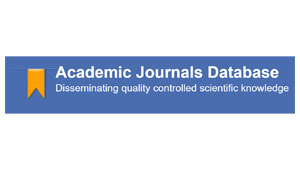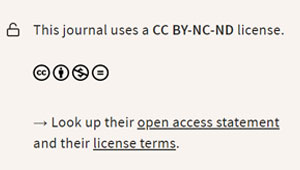Grethel García Bu Bucogen
DOI: 10.59427/rcli/2024/v24.01-08
The aim of the study is to analyze return periods and understand the occurrence of intense winds and precipitation in the Rio Negro hydrographic lower basin, in order to enhance the understanding of flood-related risks in the region. Precipitation and wind data were obtained from the NASA POWER project database and the Viedma Aero meteorological station of the National Meteorological Service. Return periods were calculated for both rainfall and intense winds using the Gumbel statistical distribution at a 95% confidence level. Results show predominant winds from the northwest, north, and north-northwest, with a more recurrent regime of moderate breeze. The analysis of Maximum Probable Precipitation (PMP) demonstrated that the highest rainfall occurs eastward of the basin, with a probability of daily precipitation exceeding 60 mm every two decades. Additionally, the occurrence of intense south winds is observed to potentially favor flood production approximately every 10 years. The findings of this research contribute to a better understanding of the risks associated with extreme rainfall and wind events, thereby facilitating the planning of mitigation and adaptation measures.
Pág. 01-08, 21-Jun,








